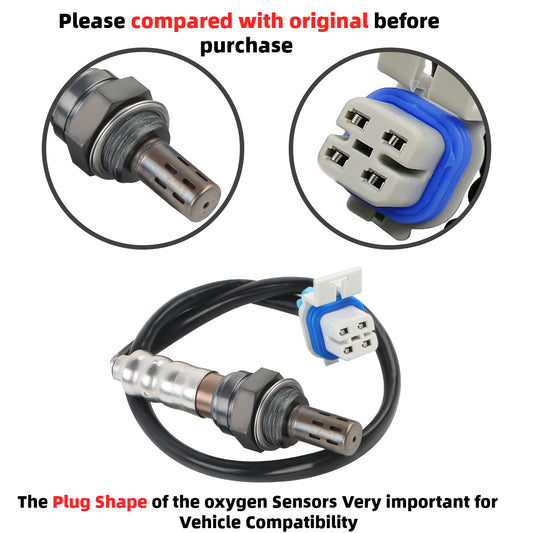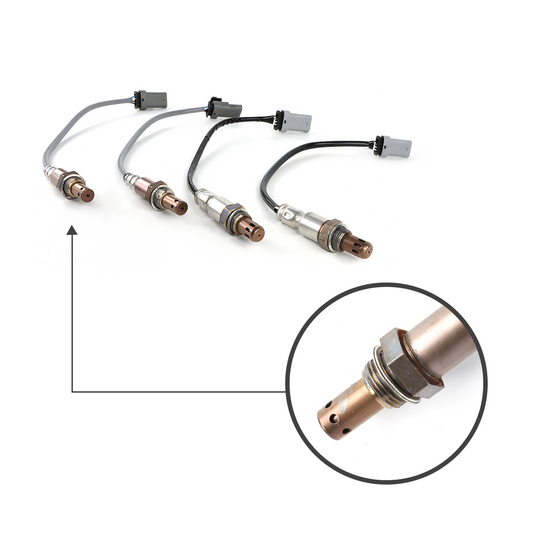what is a catalytic converter and what does a catalytic converter do?
A catalytic converter is an essential emission control device installed in the exhaust systems of vehicles.it is designed designed to facilitate chemical reactions that convert toxic gases into less harmful substances. The primary pollutants targeted by catalytic converters include carbon monoxide (CO), nitrogen oxides (NOx), and unburned hydrocarbons (HC). Through oxidation, reduction, and acid-base reactions, these harmful gases are transformed into carbon dioxide (CO2), nitrogen (N2), and water vapor (H2O), which are far less detrimental to the environment.
Its primary purpose is to reduce the harmful pollutants emitted from the engine, thus minimizing air pollution and its impact on the environment and human health. In this blog post, we will explore the functions, components, and benefits of catalytic converters in detail.
Components of a Catalytic Converter:
A typical catalytic converter consists of three main components: the substrate, catalysts, and the outer shell. The substrate is typically made of a ceramic or metallic material with a high surface area that provides ample contact for the chemical reactions. The catalysts, often composed of precious metals such as platinum, palladium, and rhodium, act as accelerators for the chemical reactions within the converter. These catalysts promote the conversion of harmful gases into harmless byproducts. The outer shell protects the internal components and ensures proper heat management during the catalytic process.
Catalytic Converter Reactions:
The catalytic converter facilitates several chemical reactions to transform harmful gases into less harmful substances. The oxidation reaction converts carbon monoxide (CO) into carbon dioxide (CO2) and unburned hydrocarbons (HC) into carbon dioxide (CO2) and water vapor (H2O). The reduction reaction reduces nitrogen oxides (NOx) into nitrogen (N2) and oxygen (O2). Additionally, acid-base reactions help neutralize and convert acidic gases into harmless compounds.
Benefits of Catalytic Converters:
Catalytic converters offer numerous benefits for both the environment and human health. By reducing harmful emissions, they contribute to cleaner air and help combat air pollution. This, in turn, leads to improved air quality and a decrease in respiratory and cardiovascular health issues caused by pollutants. Catalytic converters also play a crucial role in meeting emission regulations set by governing bodies, ensuring that vehicles comply with environmental standards and reducing their overall ecological footprint.

Conclusion: Catalytic converters are essential components in vehicle exhaust systems, playing a significant role in reducing harmful emissions and protecting the environment. By facilitating chemical reactions, catalytic converters help transform toxic gases into less harmful substances, promoting cleaner air and mitigating air pollution. As responsible drivers, it is important to understand the functions and benefits of catalytic converters and ensure their proper maintenance to maximize their effectiveness. By prioritizing eco-friendly practices and supporting the use of catalytic converters, we can collectively work towards a greener and more sustainable future.

















